
Jefferson Airplane was an American rock band formed in San Francisco, California in 1965 that became one of the pioneering bands of psychedelic rock. The group defined the San Francisco Sound and was the first from the Bay Area to achieve international commercial success. They headlined the Monterey Pop Festival (1967), Woodstock (1969), Altamont Free Concert (1969), and the first Isle of Wight Festival (1968) in England. Their 1967 breakout album Surrealistic Pillow was one of the most significant recordings of the Summer of Love. Two songs from that album, "Somebody to Love" and "White Rabbit", are among Rolling Stone's "500 Greatest Songs of All Time".
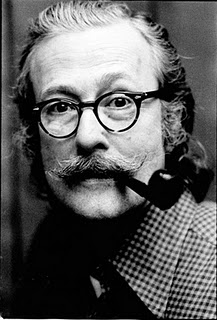
Ralph Joseph Gleason was an American music critic and columnist. He contributed for many years to the San Francisco Chronicle, was a founding editor of Rolling Stone magazine, and cofounder of the Monterey Jazz Festival. A pioneering jazz and rock critic, he helped the San Francisco Chronicle transition into the rock era.
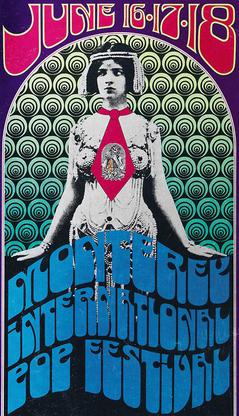
The Monterey International Pop Festival was a three-day music festival held June 16 to 18, 1967, at the Monterey County Fairgrounds in Monterey, California. The festival is remembered for the first major American appearances by the Jimi Hendrix Experience, the Who and Ravi Shankar, the first large-scale public performance of Janis Joplin and the introduction of Otis Redding to a mass American audience.
Chester Leo "Chet" Helms, often called the father of San Francisco's 1967 "Summer of Love," was a music promoter and a counterculture figure in San Francisco during its hippie period in the mid- to-late 1960s.

Tyler Florence is an American chef and television host of several Food Network shows.

The San Francisco sound refers to rock music performed live and recorded by San Francisco-based rock groups of the mid-1960s to early 1970s. It was associated with the counterculture community in San Francisco, particularly the Haight-Ashbury district, during these years. San Francisco is a westward-looking port city, a city that at the time was 'big enough' but not manic like New York City or spread out like Los Angeles. Hence, it could support a 'scene'. According to journalist Ed Vulliamy, "A core of Haight Ashbury bands played with each other, for each other"
The Found Footage Festival is an American film festival and live comedy event and featuring unusual and humorous found footage clips and films.
The San Francisco International Film Festival, organized by the San Francisco Film Society, is held each spring for two weeks, presenting around 200 films from over 50 countries. The festival highlights current trends in international film and video production with an emphasis on work that has not yet secured U.S. distribution. In 2009, it served around 82,000 patrons, with screenings held in San Francisco and Berkeley.

Nick Gravenites is an American blues, rock and folk singer, songwriter, and guitarist, best known for his work with Electric Flag, Janis Joplin, Mike Bloomfield and several influential bands and individuals of the generation springing from the 1960s and 1970s. He has sometimes performed under the stage names Nick "The Greek" Gravenites and Gravy.
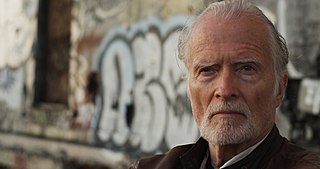
Rob Nilsson is a filmmaker, poet and painter, best known for his feature film Northern Lights, co-directed with John Hanson and winner of the Camera d’Or at the Cannes Film Festival (1979). He also is known for directing and playing the lead role in Heat and Sunlight, produced by Steve and Hildy Burns, also featuring Consuelo Faust, Don Bajema and Ernie Fosseliius. Heat and Sunlight won the Grand Jury Prize Dramatic at the Sundance Film Festival in 1988, and his 9 @ Night Film Cycle won the 2008 San Francisco Film Critics Circle Marlon Riggs Award for Courage and Vision in Cinema. Nilsson has also received Lifetime Achievement awards from the Fargo International Film Festival, the St. Louis International Film Festival, the Kansas City Filmmaker's Jubilee, the Master's Award from the Golden Apricot Film Festival, a Filmmaker of the Year Award from the Silver Lake Film Festival and the Milley Award from the city of Mill Valley for accomplishment in the Arts.
Jody Weiner is an American novelist, non-fiction author, film producer and lawyer.
Holly Dale is a Canadian filmmaker and television director. Over the course of her career, Dale has worked in the Canadian film and television industry as a director, producer, writer, and editor. Although she has completed solo projects, the majority of Dale's work has been in collaboration with her former classmate, Janis Cole. The Thin Line (1977), P4W: Prison for Women (1981), and Hookers on Davie (1984) are some of their most recognized projects. Dale's work has been featured in festivals around the world including North America, Europe, and Australia. She has also received award nominations and wins, including a Gemini Award in 1982 for the Best Theatrical Documentary for P4W: Prison for Women.

BAVC Media, previously known as the Bay Area Video Coalition (BAVC), is a nonprofit organization that works to connect independent producers and underrepresented communities to emerging media technologies. It was founded in 1976 in San Francisco.

Ace of Cups is an American rock band formed in San Francisco in 1967 during the Summer of Love era. It has been described as one of the first all-female rock bands.
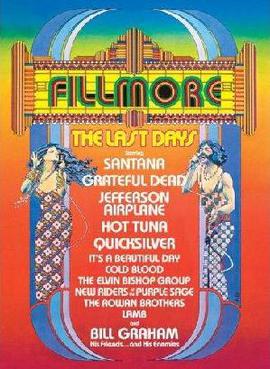
Fillmore — also known as Fillmore: The Last Days, and as Last Days of the Fillmore — is a music documentary film, primarily shot at the Fillmore West auditorium in San Francisco, California, from June 29 through July 4, 1971. It was released on June 14, 1972.
Bob Sarles is an American documentary filmmaker, film editor and radio host based in San Francisco.

Geoff Levin is an American rock musician, film/television composer and songwriter. Performing as part of the Black Mountain Boys with Jerry Garcia in the early years of his career, in 1968 his own group, People!, scored a hit record "I Love You" on Capitol Records. Together with Geoffrey Lewis in 1970, he created Celestial Navigations, a storytelling group, that produced 8 albums, several made the Billboard charts. He co-composed and co-produced "The Janitor", an Academy Award-nominated animated short based on a story by Geoffrey Lewis from the album Celestial Navigations. Levin has scored over 40 full-length films and has created music used in many TV shows including The Sopranos, Chicago Fire, The Good Wife, Friends, Bloodline, SNL, Game of Thrones, Friday Night Lights, CSI, and Weeds. He co-wrote the theme song for Jakers, an Emmy and BAFTA Award-winning PBS animated series. In addition, he composed music for James Cameron's deep sea documentary, Last Mysteries of the Titanic. In 2007, as part of People!, Levin was inducted into San Jose's Rock and Roll Hall of Fame.
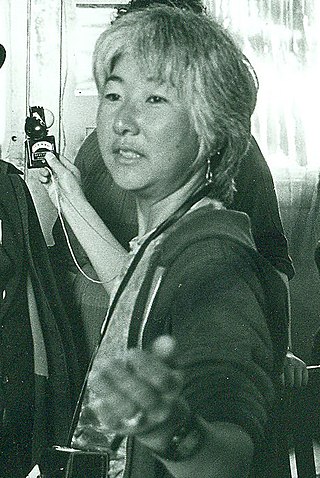
Emiko Omori is an American cinematographer and film director known for her documentary films. Her feature-length documentary Rabbit in the Moon won the Best Documentary Cinematography Award at the 1999 Sundance Film Festival and an Emmy Award after it was broadcast on PBS that same year. One of the first camerawomen to work in news documentaries, Omori began her career at KQED in San Francisco in 1968.
Pacific High Recording was an independent recording studio in San Francisco. Founded in 1968, the studio was part of the San Francisco sound and the location for recordings by such notable artists as Sly and the Family Stone, the Grateful Dead, The Charlatans, Quicksilver Messenger Service, and Van Morrison.
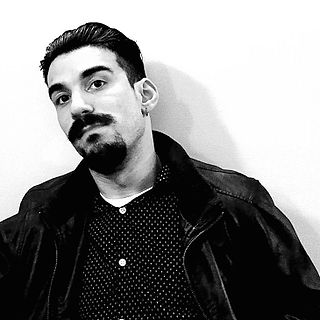
Alexander Freeman is an American film director, producer, and screenwriter with cerebral palsy. He is dedicated to producing and directing documentaries, feature films, and series that bring visibility to those otherwise ignored by society and reinforce themes of morals and ethics.















